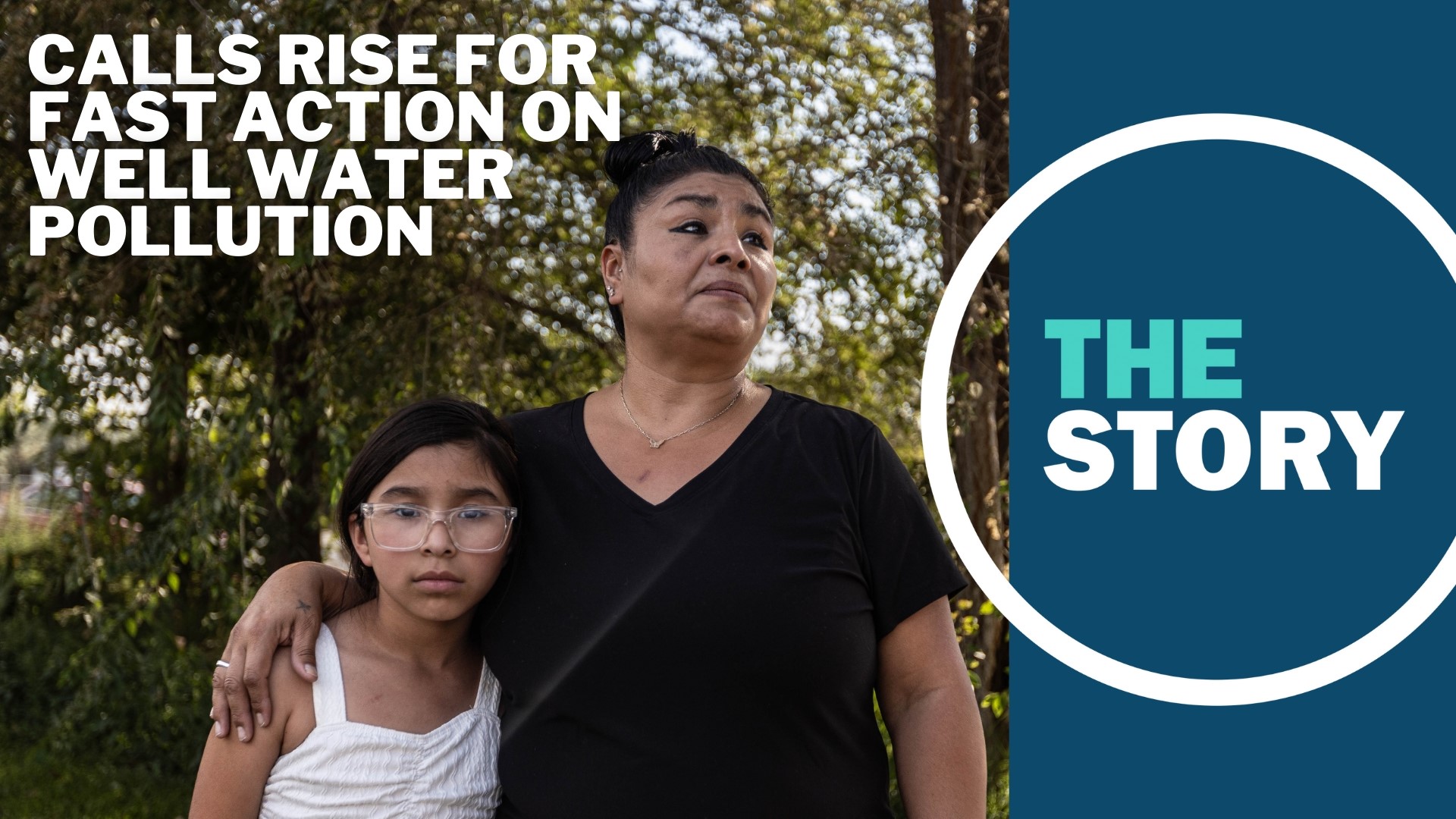BOARDMAN, Ore. — Thousands of Oregonians in northern Morrow and Umatilla counties depend on private wells to supply their drinking water, but in recent years, much of the groundwater in the aquifer beneath the Lower Umatilla Basin has become contaminated with dangerous levels of nitrates, a byproduct of the region's heavy farming and commercial food production activity.
State regulators and local leaders have known about the problem for decades — but they haven't done much about it. Critics say the polluting industries wield too much political power, preventing the problem from being fully documented and ensuring that the official mitigation strategies are voluntary rather than mandatory.
KGW's The Story traveled to eastern Oregon this summer to learn more about the crisis. Previous stories focused on the impacted residents, the industries that produce the contaminants and the anemic regulation that has allowed the pollution to worsen for 30 years. The final chapter looks at the efforts currently underway to solve the problem.
This is the fourth and final part of The Story's investigative series Tainted Waters. Catch up on the rest:
Getting serious about testing
In the summer of 2022, Jim Doherty's frustration boiled over. The Morrow County rancher, who was serving as county commission chair, had watched for years as nitrates contaminated hundreds of wells mostly used by low-income people. Nobody was warning them, and nobody was doing anything to stop it. So he declared a countywide emergency.
It was the first time in Oregon history that a county had declared an emergency over groundwater. But it also marked the beginning of the end of Doherty's time in county politics. He was recalled from office months later, an outcome that he blames on powerful interests that lined up against him due to his work on the pollution issue.
"You know, I sent an email out to some folks, and I said, 'We are going to get tremendous pushback, and they're gonna push back for the wrong reasons,'" he said. "But I said, 'We need to stand strong.'"

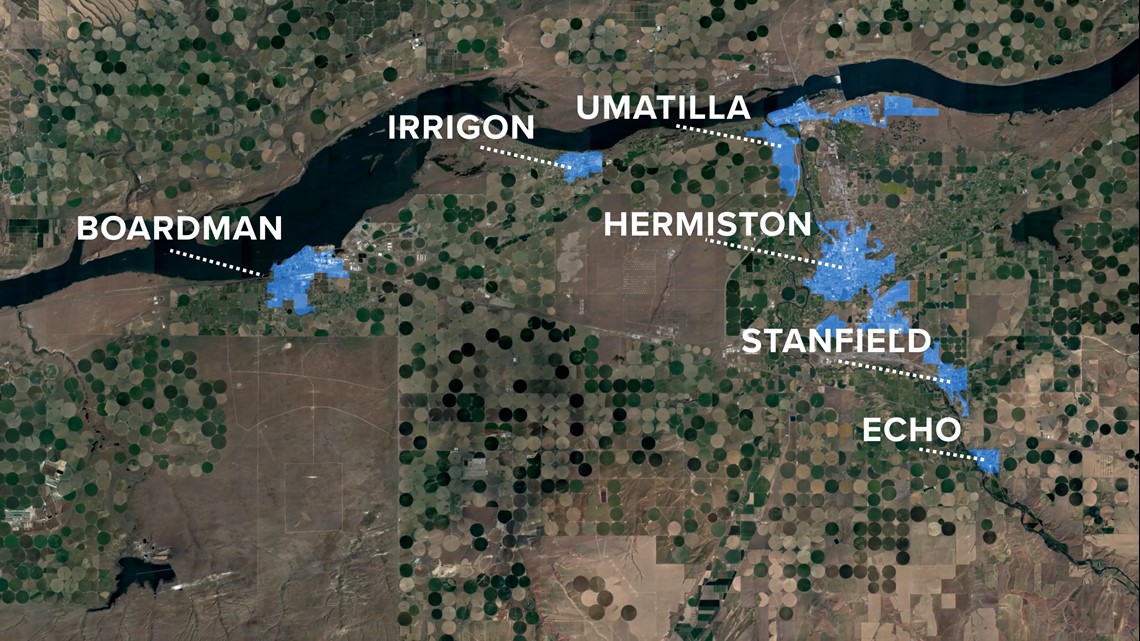
The emergency declaration did help make things happen. In September 2022, the state legislature approved $881,000 in emergency funding for the Oregon Health Authority to test wells for nitrate concentration and provide special filters. Gov. Tina Kotek also promised state help at a Morrow County town hall meeting in May 2023.
The OHA organized teams with English- and Spanish-speaking officials to canvass neighborhoods and offer free testing. As of late October, the state had tested wells for 1,624 households, although there are still many more to go. In Morrow County, 32% of 462 tests came back above the EPA safe limit of 10 per million, representing 147 households. In Umatilla county, 18% of 1,162 tests exceeded the limit, representing 214 households.

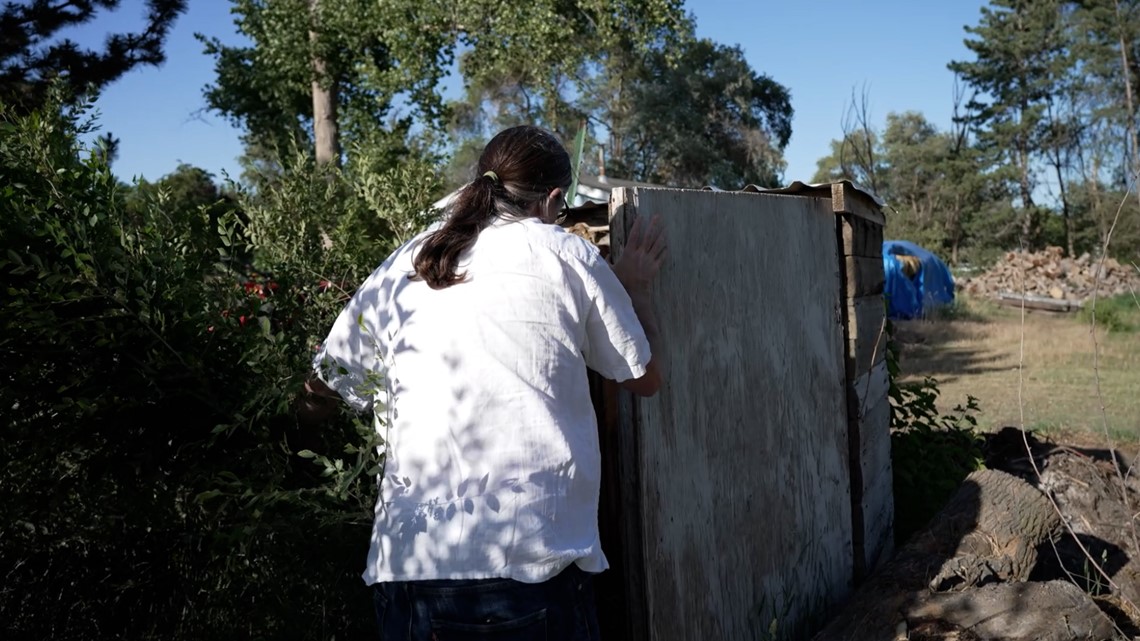
But while it's great to warn people, the tests offered little comfort to residents who learned they'd been drinking contaminated water for years. Many came to believe the water was responsible for their health problems, although no one can prove it.
"We do have the research that definitely documents that high nitrates are not good for people," said Gabriella Goldfarb, the public health manager for the testing program. "So even if we can't draw a straight line to somebody's health effects, we know that it's not good and we know that the action is to get people to safe water."
Searching for solutions
There are some short-term solutions in the works, including additional well testing throughout the region and regular bottled water deliveries to about 400 homes with unsafe wells, both provided by the state. A business-backed group called H20 for Eastern Oregon has also provided testing services and filters to 300 well owners.
But some wonder: Is that all that can be done? Is the future really just emergency bottled water deliveries forever? Kristin Ostrom with the nonprofit Oregon Rural Action said local and state authorities also need to acknowledge that the regulatory approach to the region's industries for the past 30 years has been a failure.
"Bottled water is basically a Band-Aid at this point," she said. "We agree with the governor; she said folks can't keep lugging jugs of water forever, so folks need to have a permanent water source."

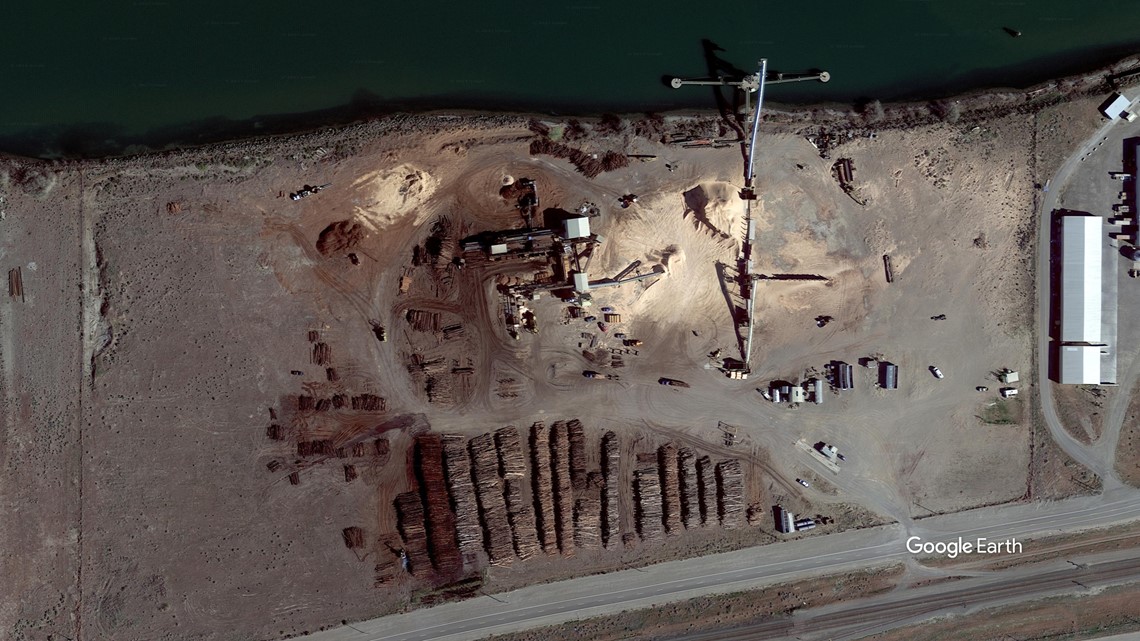
There is one obvious solution, but few want to suggest it: Cut way back or shut down the sources of nitrate — and make the restrictions mandatory. That means telling farmers to stop using nitrate-rich fertilizer, telling feed lots to stop putting nitrates on the ground, telling food processors to stop producing nitrate-heavy wastewater and telling the Port of Morrow to stop dumping that collected wastewater in fields.
"The only way this can be solved is to have less nitrogen," said retired DEQ executive Mitch Wolgamott, who used to oversee the department's eastern Oregon operations. "I'm not talking about small farmers here. I'm talking about the big, industrial circles. There's no regulation there at all."
But taking on industrial farming and feed lots or the Port of Morrow is no small task. The port is by far the biggest economic engine in Morrow County, and the farmers are largely unregulated. A handful of farmers operate under tougher rules, such as Jake Madison, who farms 10,000 acres near Echo using nitrate-rich wastewater from the port in lieu of fertilizer. But even he said the idea of cutting back on farming altogether is a non-starter.
"Don't say it with your mouth full," he said. "I mean, at the end of the day that's... yeah, that wouldn't fix it, you know?"
'Shut off the spigot'
No one seems to know what it would truly take to fix the polluted aquifer, or how long it would take. But some community members are fed up with the decades of delay and want action now. Raymond Akers, a resident with a polluted well, said he wants to see the port stop spreading nitrate water immediately.
"I hear that the DEQ just gave them another permit, so they're allowed to just continue doing what they're doing — no harm, no foul — for four years," he said. "And that's unacceptable. We'll never in our grandkids' lifetimes get this under control if we don't stop the spigot. Shut the spigot off, then we can start working on a solution."

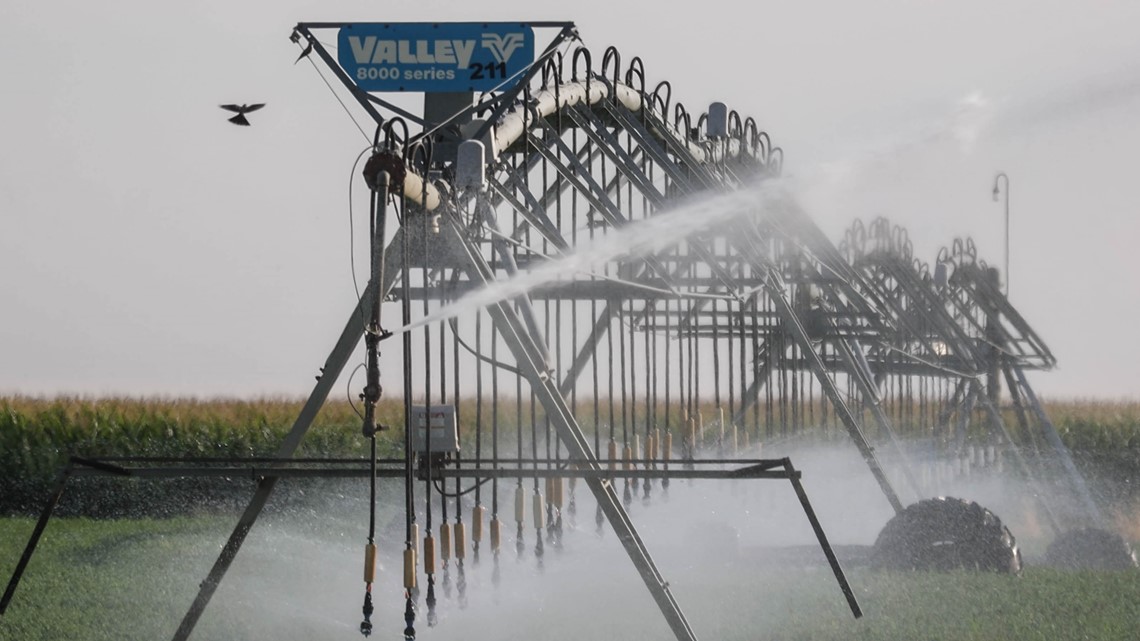
"We shouldn't be suffering here with poisonous water, endangering our children, having health issues with them — or other people here who have issues to have more issues on top with this water," added Maria Martinez, who suffered two miscarriages that she now blames on the polluted water she was unknowingly drinking at the time.
In 2020, a coalition of environmental groups asked the EPA to use its federal power to force the state to take action. So far, it hasn't done that. The EPA did send a series of strongly-worded letters to Oregon leaders, telling them to force the nitrate pollution producers to change practices and cut the amount of nitrates they put in the groundwater. The agency warned that it could use its own authority to step in if state officials keep failing to act — but so far, it hasn't done so.
One thing is crystal clear: decades of voluntary guidelines have not worked, and the state's efforts have been a failure. In the 33 years since the State of Oregon first became aware of the nitrate contamination in the Lower Umatilla Basin, the only thing that's changed is that the problem has gotten steadily worse.
This is the fourth and final part of The Story's reporting. Part 1 aired Monday and focused on the residents impacted by well water contamination. Part 2 aired Tuesday and focused on the sources of the Umatilla aquifer pollution. Part 3 aired Wednesday and delved further into the history of the regulators tasked with protecting the region.

